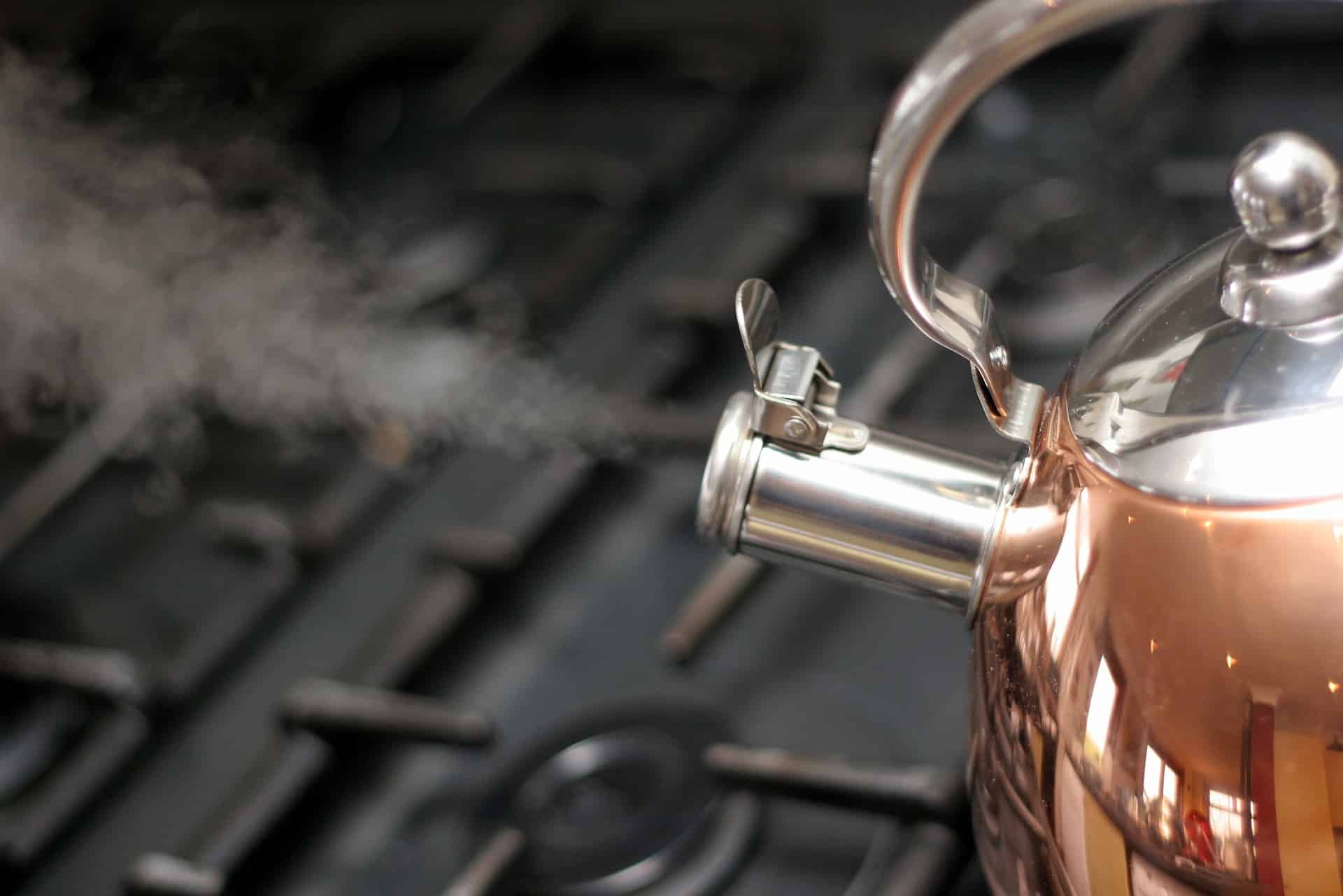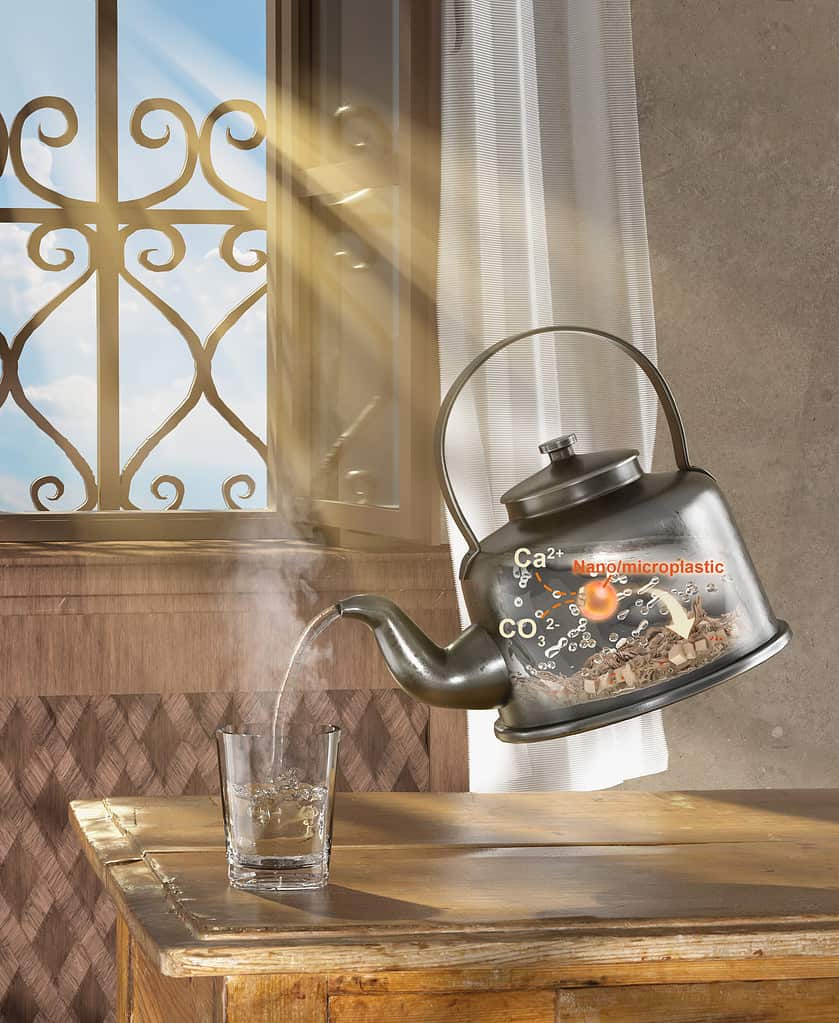
Boiling water is one of the oldest survival tricks in the book. We take it for granted nowadays, but boiling water is an extremely effective (and simple) way to clean your water. Boiling will kill virtually any pathogens, and according to a new study, it’s also good against something else: microplastics.
Researchers in China published a new study showing that boiling calcium-rich tap water can remove nearly 90% of nano- and microplastics (NMPs). Although the health hazards of contamination with microplastics are still unclear, this method is as easy and accessible as making a morning cup of tea or coffee.
Boiling microplastics away

Microplastics and nanoplastics are everywhere. It’s safe to say that there’s a healthy amount of them in your body as well. These particles range from as tiny as one-thousandth of a millimeter to as large as 5 millimeters. The health implications of ingesting these plastics are a growing concern, particularly regarding their potential to disrupt the human gut microbiome.
Our water supplies are increasingly contaminated with NMPs. While advanced filtration systems exist to tackle this issue, they often come with a hefty price tag, leaving a gap for accessible, cost-effective solutions.
Zhanjun Li and Eddy Zeng, both researchers at Guangzhou Medical University, performed experiments in which they boiled samples of hard tap water, spiked with NMPs, for five minutes. Hard water has a high mineral content and naturally forms limescale, or calcium carbonate (CaCO3), when boiled.
The Chinese chemists noticed that when CaCO3 formed during the boiling process, it created incrustations that trapped the NMPs. These encapsulated plastics could then be easily scrubbed away or caught by a simple filter, such as one used in brewing coffee.
This discovery is quite interesting. It shows how to remove microplastics without sophisticated technology, but rather, something as ubiquitous as the kettle on your stove.
This encapsulation effect was more pronounced in hard water, with a notable reduction of up to 90% of NMPs in samples containing 300 milligrams of CaCO3 per liter. However, even in soft water, with less than 60 milligrams of CaCO3 per liter, boiling managed to eliminate about 25% of NMPs.
A ubiquitous problem

Microplastics are in the oceans, on the most remote mountain tops and far-away islands, inside animals, even inside you. Studies have shown the average person ingests about 70,000 microplastic particles every year. More recently, microplastics have been found in human blood and lung tissue.
Microplastics are in canned fish and even in sea salt. One kilogram of salt can contain over 600 microplastics, meaning if you consume the maximum daily intake of 5 grams of salt, that’s equivalent to ingesting three microplastic particles a day. Even mosquitoes ingest microplastics, which move up the food chain after being eaten by other animals. Infants may ingest ten times the amount of microplastics that adults do, based on a 2021 study, probably due to their greater exposure to baby bottles and toys.
While the full picture of microplastics’ impact on human health is still emerging, research suggests potential problems in several areas. One concern is endocrine disruption, where microplastics may interfere with hormone production and function, potentially leading to metabolic disorders, developmental issues, and even reproductive problems. Additionally, microplastics could act as carriers for harmful chemicals, increasing their uptake by the body and potentially contributing to various diseases. Furthermore, studies suggest microplastics might directly trigger inflammatory responses and disrupt gut microbiota, potentially impacting overall health
In a world where the presence of microplastics in water supplies is an escalating concern, the simplicity of this latest solution is quite welcome. It’s a reminder that sometimes, the most effective solutions are already at our fingertips, waiting to be discovered in the routines of our daily lives.









